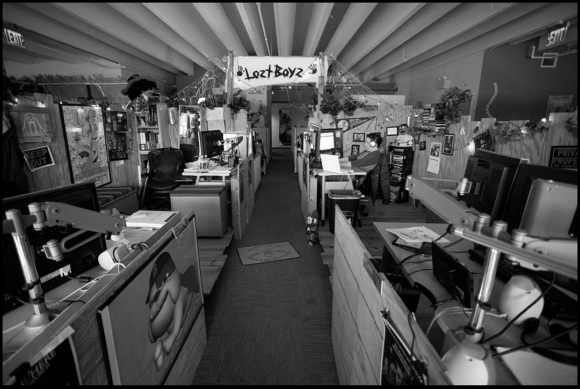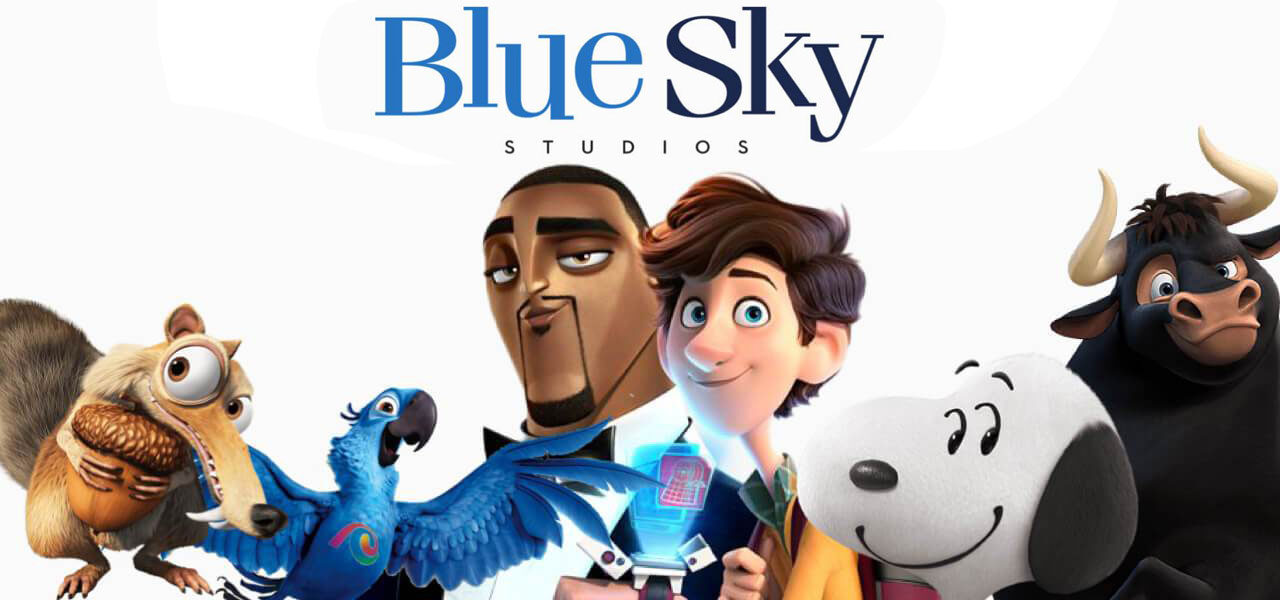
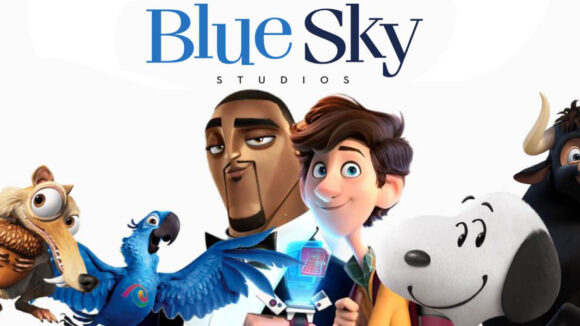
Five Things I’ll Miss About Blue Sky Studios: Recollections Of A Former Employee
Waking up the day after we learned that Disney will shut Blue Sky Studios has been surreal. For a few blissful moments, I forgot the situation — before it seized me, reminding me of how fragile job stability can be.
While this isn’t the first batch of mass layoffs at Disney since the start of the pandemic, it is a particularly painful one for the animation industry at large, further narrowing the medium’s range of companies and points of view. It also marks the end of one of the oldest existing feature animation studios in the U.S.: Blue Sky will close in April, soon after it turns 34 years old on February 22.
I worked at the company as a production assistant, for a year in Fur and three years in Story, working on every project that went through the studio. My time there was a blip on the radar compared to many others, but it was a period I’ll always hold tight to. Especially on days like today, when all I want to do is be with everyone. Here are some things I’ll miss about the studio, featuring photos by former modeler Ramón López:
The East Coast pride
In the U.S. animation industry, Blue Sky was considered an island — the lone feature studio on the East Coast. It was a beacon of hope for those of us who were wary of the otherwise inevitable migration to California. This is especially true if you’re a native East Coaster (guilty) and/or attended school on the East Coast (guilty again).
Because of this, people jokingly referred to Blue Sky as the retirement studio, because it was a place that felt stable enough to lay down roots. The studio managed to navigate varying box-office success without ever having to resort to mass layoffs, making it all the more appealing for people who didn’t want to do the common shuffle between many studios. Now, many people will likely have to uproot if they hope to stay in the industry.
Animation, like all of film in the U.S., got its start on the East Coast, and we took a certain pride in helping keep that alive. While there are still many smaller studios and branches of larger vfx companies here, this is a historic loss.
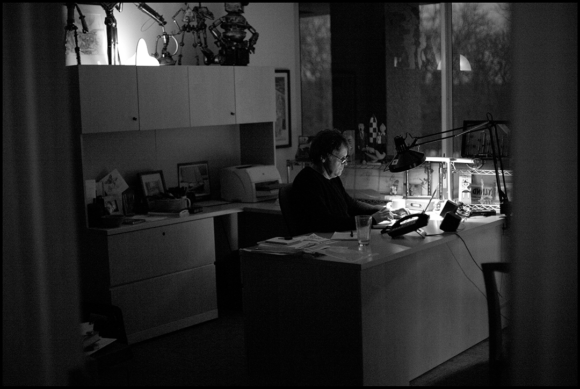
The studio itself
The building Blue Sky occupied when it moved from New York to Greenwich, Connecticut in 2009 was an old canning factory. It doesn’t necessarily look like it now, as it’s been fitted to house the studio as well as a few other unrelated companies. Blue Sky existed primarily on the third floor of the three-story building, and had begun renovations and expansion into part of the second floor just prior to the Disney buyout in 2019.
There was an energy at the company then that was thrilling. The studio had recently come under new management, exciting projects were being pitched and developed, and the extensive construction was all the physical proof we needed to feel we were truly, literally, being invested in.
The Greenwich studio is located in a quiet area surrounded by trees and open grassy fields. I have fond memories of slacklining at lunch, or attempting to sled and snowboard down the hills in the winter (if there wasn’t a snow day). There is a pond just outside the entrance to the grounds; for weeks on end, there would be a single solitary swan in it.
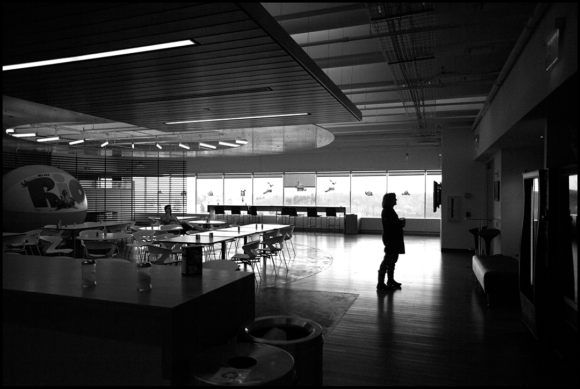
The roots in computer graphics history
Being one of the early cgi-focused animation studios, Blue Sky was a pioneer by default. Looking at the founders alone, it’s clear Blue Sky was right there with peers like Pacific Data Images and Pixar, adding to the technology conversation from the 1980s.
One of the founders, Eugene Troubetzkoy, was a nuclear physicist who helped pioneer ray-trace rendering. Another, Michael Ferraro, was a programmer who had worked on early vr simulations for the U.S. Navy. A third, the electrical engineer Carl Ludwig, had contributed to tracking systems for the Apollo mission’s lunar module. Together, these three developed the core of CGI Studio, the proprietary renderer Blue Sky used on every one of its 13 released features.
They were joined by three more co-founders. There was Alison Brown, whose background was in marketing, and David Brown (no relation), who came from finance. The sixth co-founder was Chris Wedge, who had worked in both 2d and stop-motion animation before his interest in computers led him to do a master’s in computer graphics from Ohio State University.
Blue Sky’s origins are also tied to the history of vfx in film. Wedge had worked on Disney’s Tron (1982) at MAGI/Synthavision. His thesis film at OSU, Tuber’s Two Step (1985), was one of the first cg shorts to utilize squash-and-stretch techniques.
When Blue Sky was founded in 1987, it survived for its first decade on advertising and logos. Eventually, it won the Oscar for Wedge’s short film Bunny in 1999. Bunny included surfaces such as fur, glass, and metal, at a time where standard rendering technology wasn’t capable of easily depicting those elements. Ludwig was able to extend his ray tracer in CGI Studio and create radiosity, which allowed for light rays to be tracked from the first surface from the light source, while collecting the reflected light from surfaces that surround those objects, creating shadows and highlights that realistically reflect their surroundings.
Soon afterward, 20th Century Fox took a chance and commissioned the fledgling studio’s first original feature, Ice Age (2002), which Wedge directed. From there, the studio grew and grew.
There’s a story I always like sharing: an ad for an electric razor Blue Sky produced in 1992 was so convincing that it was disqualified for awards, because the judges thought it was real and not cgi.
As someone who values animation history and film preservation, I worry what will become of the artifacts, both digital and physical, that exist in those halls and servers.
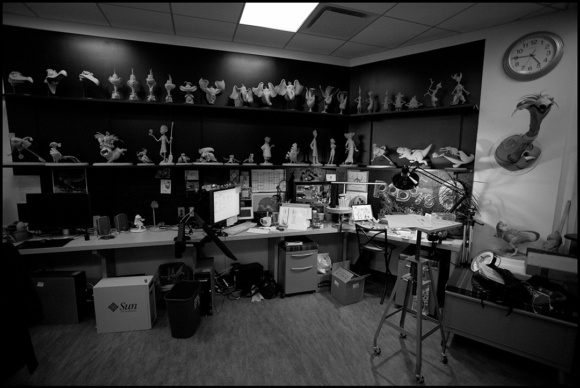
The start-up spirit
While Blue Sky was a big studio owned by big corporations (first Fox, then Disney) for most of its existence, it largely held onto the feeling of being a start-up. In a good way. There was always a bit of an underdog, can-do attitude with things, which could be frustrating in the moment but ultimately satisfying when a problem was hacked away at until it was solved.
Something that stood out for me when I first applied to Blue Sky was how none of their film series really looked alike. Each has a distinct look and feel, with unique animation language — from the more realistic and grounded rendering and action of Epic (2013) to the cartoony, fuzzy world of Horton Hears a Who! (2008). Of course, the biggest example of Blue Sky’s adaptability to distinct styles is The Peanuts Movie (2015), which was and is a technological marvel. And I was so, so excited for the world to see our Nimona soar.
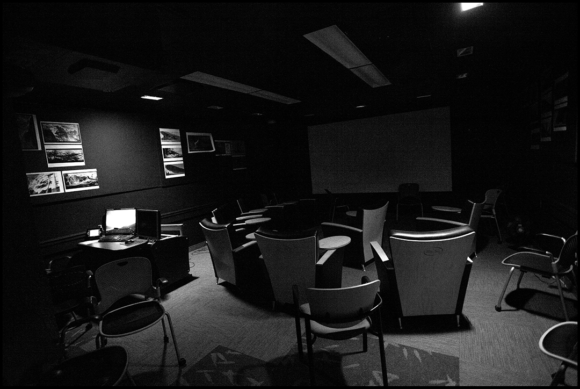
The people
Some clichés are clichés because they are true, and the notion that people can make or break your place of work is one of them. A studio is its people.
And what a talented bunch they were. I’m not just talking about the skills they brought to their department, but all of the talents that breathed life into the studio: the musicians, the bakers, the kickballers, the motorcyclists, the rock climbers, the glassblowers, the cheesemakers, the person who would help the security guard with his finances, the hot-dog cart builders, the toy collectors, the photographers, the Super Smash Brothers.
I’m thinking about the people who made it worth staying late and going in on the weekends and sharing overtime dinner with. I’m thinking about the fact that while I didn’t know everyone’s name, I knew every face there, and knew that every one of them would give me a smile or a nod as I passed them. I think of that now, and how the news was broken to everyone remotely, when just the smallest bit of real human connection would make this just the tiniest bit better.
To the mavericks of Blue Sky: as you work past this, I take comfort in knowing that it means we will all have that many more familiar faces to see around the world. That creative spirit may be quieted now, but it will flourish again in time. Blue Sky felt like something that would always be there … and I know now, more painfully clearly than I’d have liked, that it will be, because we helped make each other the people and artists and technicians we are today. We are Blue Sky.
I don’t know about you guys, but we are the weirdest herd I’ve ever seen. — Sid, Ice Age
